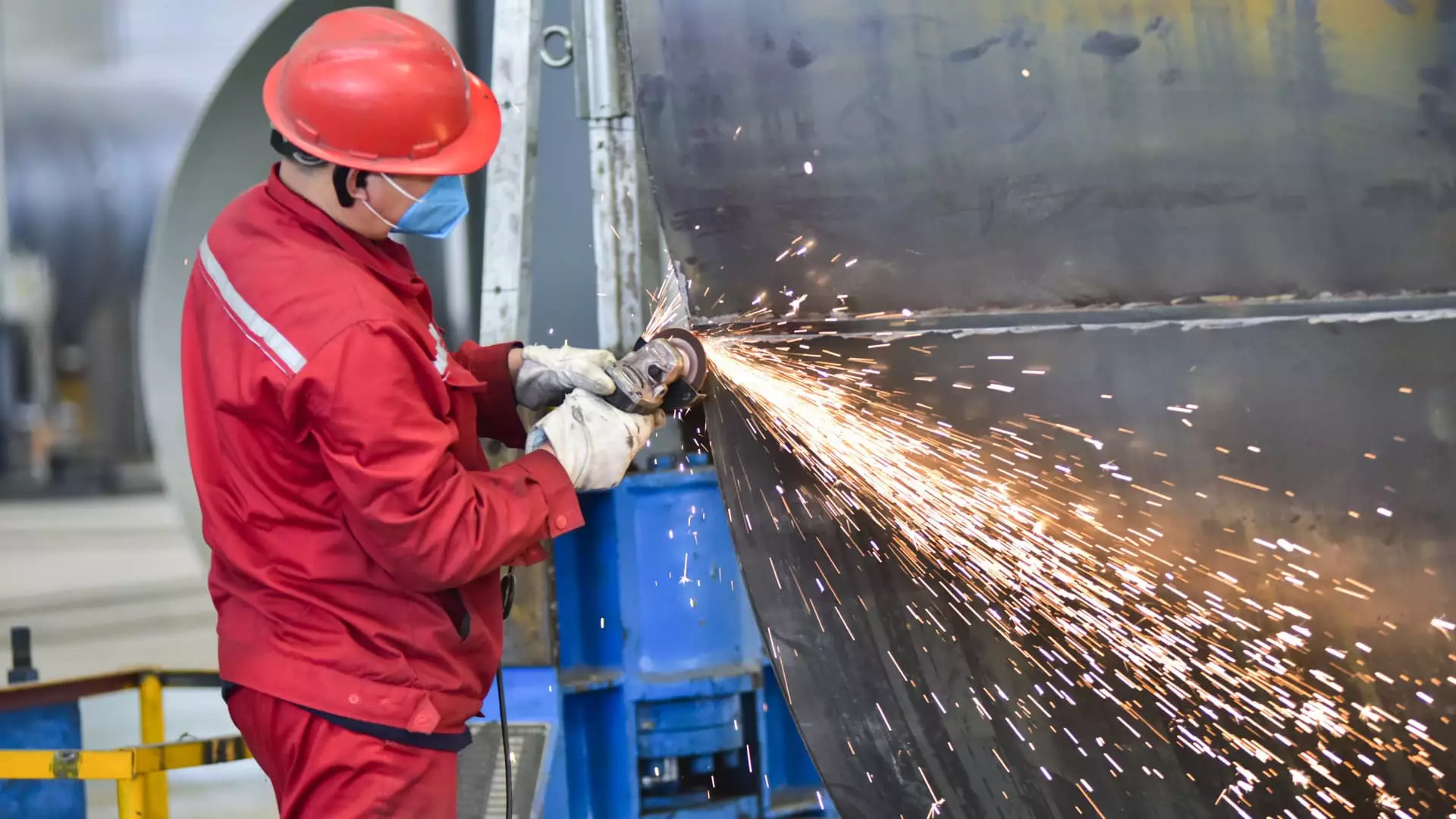In November, a beacon of hope flickered for China’s manufacturing sector, thanks largely to smaller manufacturers. According to a private survey by Caixin/S&P Global, there was an expansion in manufacturing activity, indicated by a purchasing manager’s index (PMI) score of 51.5. This figure exceeded expectations and demonstrated the impact of recent government stimulus efforts aimed at reviving the economy. Notably, this figure remained above the crucial threshold of 50 for the second consecutive month, signaling growth—a development that contrasts sharply with the struggles facing other segments of the economy.
Driving Forces Behind Recent Growth
The survey elucidated a central theme driving the uptick: robust incoming new orders. Caixin Insight Group’s senior economist, Wang Zhe, emphasized the significance of these new business inflows, which have surged at the most notable rate in over three years. Additionally, a resurgence in export orders contributed to this increase, highlighting an optimistic outlook for manufacturers in the private sector. Such optimism may lay groundwork for greater sustainability in growth, provided that the right conditions are maintained.
Notably, this private gauge diverges from the official PMI, which reported a modest rise to 50.3 from 50.1. The distinction lies in the focus of the surveys: Caixin targets smaller and medium-sized firms, while the official PMI skews toward larger, state-owned enterprises. This divergence suggests that smaller businesses could be better positioned to rebound from the economic adversity during the pandemic era.
Despite these positive indicators, it’s crucial to remain cautious. Gary Ng, a senior economist at Natixis, states that these developments are still “an early sign of stabilization.” The recent spike in manufacturing may not reflect a comprehensive recovery unless bolstered by improvements in consumer and business confidence. Particularly in sectors such as real estate, which had seen a significant decline in investment—down by over 10% in the first ten months of the year—long-term recovery hinges on sustained fiscal progress.
On a grander scale, China’s economy has exhibited early signs of recovery following various stimulus measures rolled out at the end of September. Retail sales exhibited strength that surprised analysts, highlighting a nuanced improvement in consumer activity. Despite these prospects, challenges loom large, especially as industrial profits fell for the third consecutive month, underscoring ongoing vulnerability in the economic framework.
In light of the current situation, China’s leadership has made a concerted effort to reinvigorate the economy. The Politburo’s recent meeting outlined a commitment to increased fiscal expenditure and stabilizing the property market, critical for sustainable economic health. Furthermore, to bolster liquidity, the People’s Bank of China has lowered the reserve requirement ratio, thereby enhancing the financial capacity of banks.
Additionally, China’s ambitious five-year plan allocating 10 trillion yuan ($1.4 trillion) to manage local government debt issues indicates a proactive approach to mitigate economic pressures. These moves are vital for restoring confidence among investors and consumers alike.
Geopolitical Considerations and Future Outlook
Yet, external factors cast shadows over this optimistic landscape. The looming prospect of intensified tariffs under a potential Trump presidency raises alarms regarding the threat to China’s export sector. Interestingly, this anticipation may paradoxically fuel short-term demand, as American companies strive to secure orders before tariffs take effect. As Julian Evans-Pritchard from Capital Economics posits, this rush could temporarily bolster the manufacturing PMI, painting a complex picture of the economic environment.
While the recent positive indicators in China’s manufacturing sector suggest a potential resurgence, a cautious approach remains necessary. Sustained growth will depend not only on domestic policies and stimulus strategies but also on navigating the intricate web of geopolitical considerations. The coming months will be pivotal as the nation balances its recovery efforts against evolving global dynamics. Maintaining momentum can transform current optimism into a lasting economic rebound.

